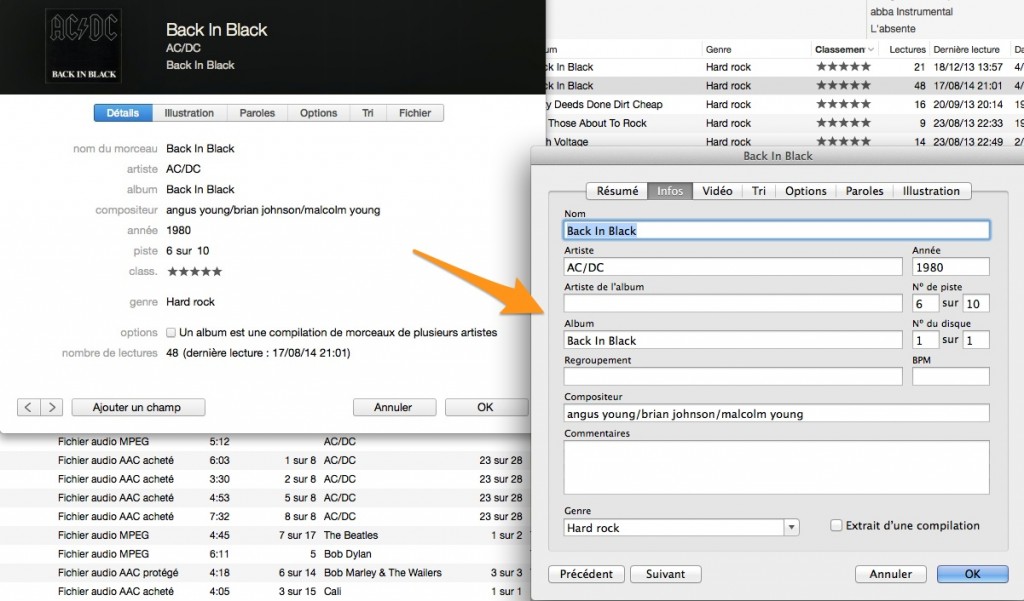Je me suis récemment installé un disque SSD supplémentaire dans mon iMac 27″ mi-2011. J’ai opté pour le Sandisk Ultra II 960GB (acheté en solde sur Amazon.fr à 200EUR).
La procédure d’installation comme détaillée par iFixit, n’est pas pour tout le monde. Vous devez être rompu à l’ouverture d’ordinateurs et au remplacement de pièces. L’iMac est une machine assez complexe, pas comme la tour de PC moyenne . Il m’a fallu 2 bonnes heures pour démonter, ajouter le SSD (situé sous le lecteur optique), brancher le câble SATA sous la carte-mère et remonter le tout. À la fin du processus, qui ne m’a pas semblé aussi dur que je le craignais, mon iMac ne voulait pas démarrer! Écran noir et des bruits étranges. Pas de BONG de démarrage , juste le disque dur qui boucle entre arrêt et démarrage. 🙁
J’ai donc rouvert la machine (je deviens un expert ? ) et j’ai trouvé qu’un connecteur ZIF (Zero Insertion Force), le connecteur principal de l’écran LCD, n’a pas été correctement branché. Après l’avoir remis correctement en place et refermé l’iMac, grand soulagement en entendant le BONG de démarrage .
J’ai alors configuré TRIM sur le nouveau SSD à l’aide de l’outil Trimenabler: pour une raison quelconque, les instructions de ligne de commande pour activer le TRIM ne fonctionnent pas pour moi: pas d’erreur, mais le TRIM reste off.
Ensuite j’ai cloné le disque dur principal en utilisant SuperDuper! Il a fallu plusieurs heures pour environ 700GB. J’ai enfin changé le disque de démarrage par défaut dans les préférences systèmes sur le SSD nouvellement installé, et la magie a opéré.
Le temps de démarrage est en secondes (contre la minute), ouvrir Word ou Excel, 1 sec (contre 10 ou plus)! La différence est vraiment spectaculaire.
Si vous êtes en mesure de le faire, je le recommande. Par contre si vous n’êtes pas à l’aise dans les entrailles d’un ordinateur, ne vous lancez pas avec un iMac tout de suite.



